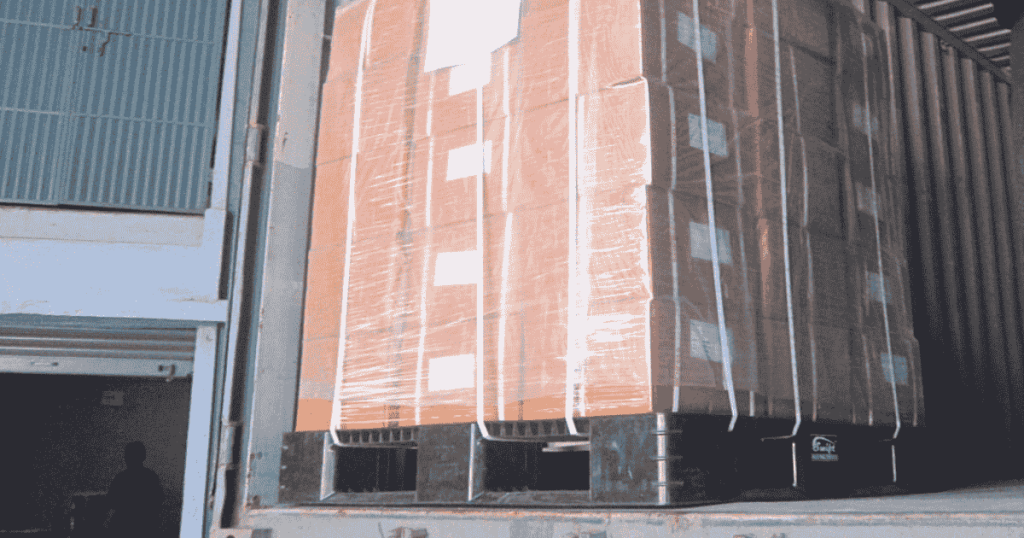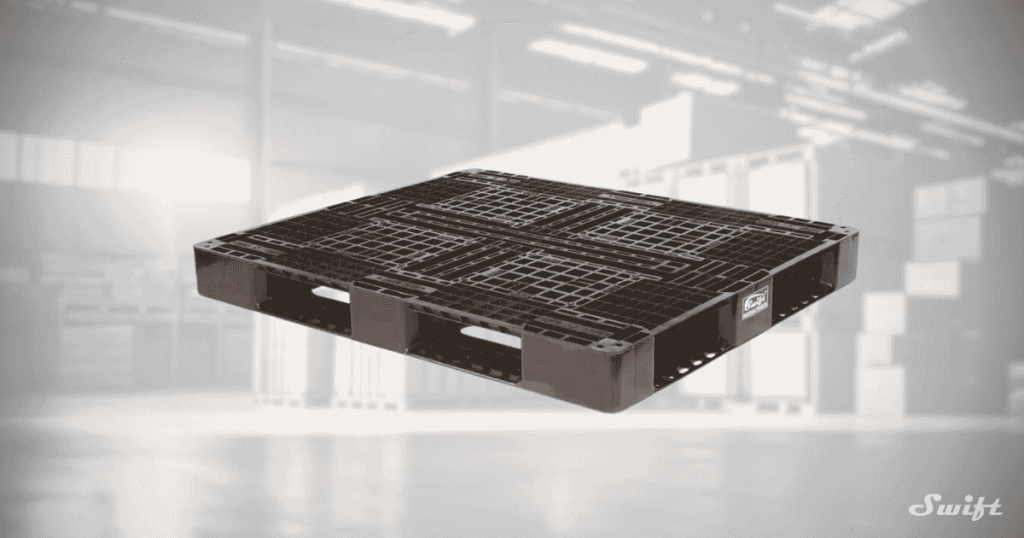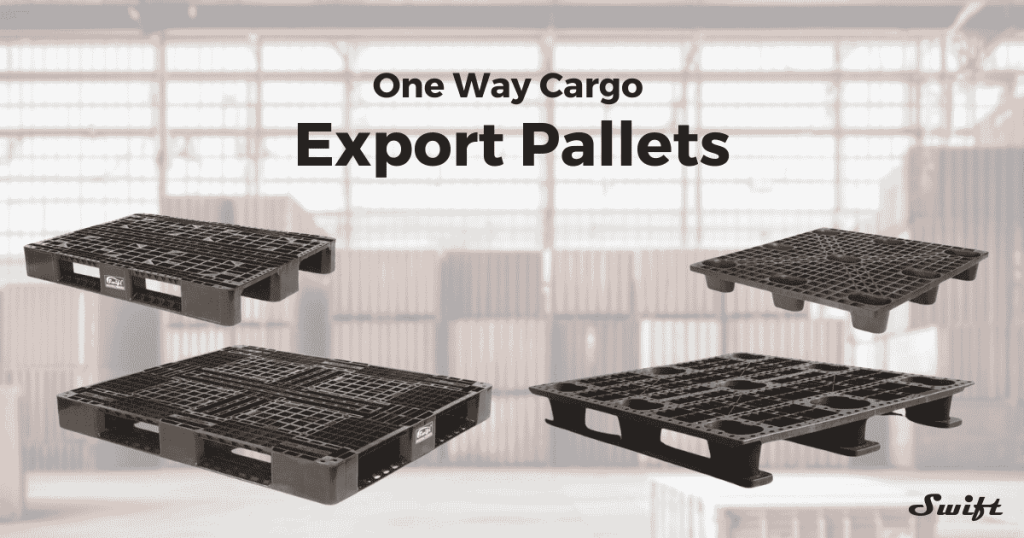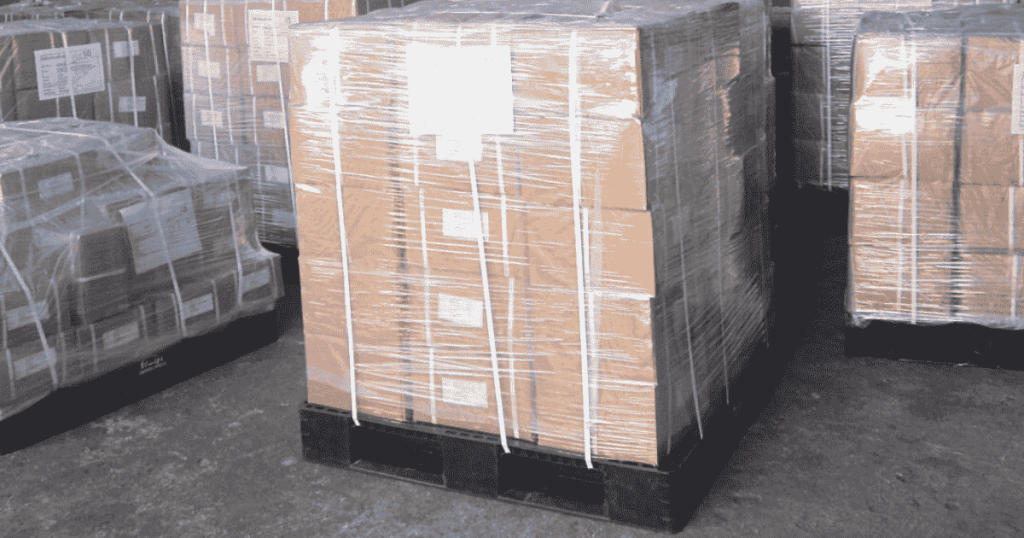The key in today’s fast-moving supply chain and logistics ecosystem is to ensure products aren’t damaged in transit. Damages can lead to financial losses, customer dissatisfaction, and supply chain inefficiencies. One effective approach is using plastic pallets, which offer clear advantages over other pallet types.
In this article, we will discuss the importance of plastic pallets in terms of product safety, stability, and efficiency during transit.

1. Consistent and Durable Structure
Plastic pallets have a uniform or smooth manufacture with a regular structure without naked lumber as compared to other pallets which may have irregularities or tendency to warp. Having consistent shapes helps to equalize the load in a product, improving the stability of the load during transport and reducing the odds of shuffling and tumbling.
A plastic pallet is less prone to cracking, breaking, and splintering under heavy loads, which ensures a stable base for goods and little opportunity for damage due to plastic’s durability.

2. Better Resistance to Impact and Environmental Factors
Transportation can be exposed to diverse environmental conditions such as humidity, rain, and temperature. These pallets are also moisture and damp-resistant, suitable for shipments that may be exposed to humid environments.
They also do not soak up water, which can cause swelling and weakness that could threaten stability.
3. Design Options to Fit Specific Product Needs
There are different designs of plastic pallets depending on the use or the industry. Some pallets can be reinforced to support heavier loads and others are designed to stack, allowing for better organization of shipments preventing tipping or falling over during transit.
Many plastic pallets are designed with a traction surface or ribs on the perimeter to help keep products in place.

4. Smooth Surface for Gentle Product Support
The polished and splinter-free finish of plastic pallets makes them perfect, for transporting goods such as electronics and pharmaceutical or food items, without the risk of scratches or damages commonly seen with types of pallet materials. They effectively protect goods during transport.
5. Hygienic and Easy to Clean
Product damage can occur due, to contamination in industries such as food production and healthcare settings where maintaining cleanliness is crucial for product safety and quality assurance purposes Plastics pallets offer a nonporous surface that can be easily sanitized making them a preferred choice for handling sensitive products.
A clean plastic pallet plays a significant role, in reducing the likelihood of contamination impacting the integrity and safety of products during transportation.
6. Lightweight for Easier Handling and Reduced Strain
They are much lighter in weight than other types of pallets, allowing for easy handling and transport. This not only reduces accident risks but also speeds up loading, unloading, and transit—ideal for busy warehouses.

7. Long-Lasting Durability Means Fewer Replacements and Fewer Risks
Plastic pallets are known for their longevity. They don’t wear down easily, even with frequent use and movement. A pallet that can withstand repeated transit without degrading helps ensure consistent product protection.
With fewer replacements needed, the likelihood of using old, damaged, or weakened pallets is reduced, further safeguarding the goods being transported.
Conclusion
These pallets reduce product damage in transit thanks to their robust design, durability, and versatile construction. Even in adverse logistics conditions, they protect goods effectively. For companies aiming to cut costs and enhance customer satisfaction, plastic pallets are a cost-effective, eco-friendly supply chain solution.
By ensuring product safety, minimizing losses, and streamlining logistics, plastic pallets from Swift Technoplast make a smart investment for businesses focused on safe, damage-free transport.


